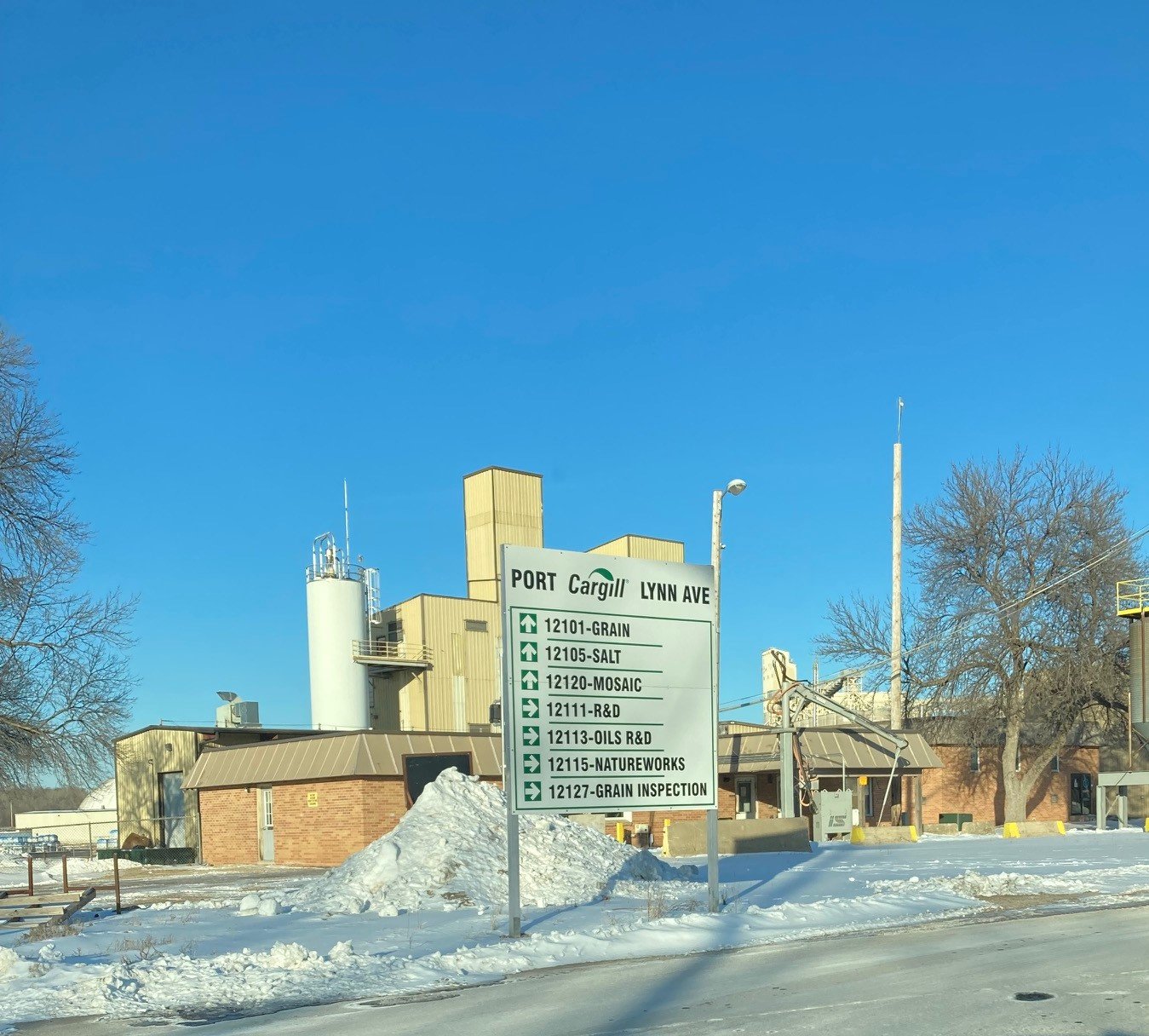This post was written by guest blogger Charles Pederson. If you would like to write for our blog, contact us at info@scottcountyhistory.org
Read Little Shipyard on the Prairie, Part 1.
Welcome to Part 2 (of three parts). This part describes the origin story of a landlocked shipyard in the middle of Minnesota.
The Basic Outline of Minnesota War Production
With its purchase of land, Cargill was ready to dive into its Minnesota shipbuilding enterprise. Was it as wacky an idea as it seemed?
Minnesota already had a thriving shipbuilding industry, particularly in the north. Minnesota historian Theodor Blegen commented, “Duluth was a natural center for ship-building, [turning out] oil tankers, submarine chasers, and coast guard cutters.” The Navy had already signed contracts with one Minnesota company after another. Between the Twin Ports of Duluth and Superior, five companies were capable of building warships at the start of the war: Marine Iron and Shipbuilding, Inland Waterways, Zenith Dredge Company, Scott-Graff Lumber Company, and Industrial Construction Company.
Along with ship construction, the production of guns, ammunition, bombsights, and food were occurring throughout the state. Companies were making everything from small-arms ammunition to barbed wire to machine guns. Hormel was cranking out blue cans of Spam. Northern Pump of Fridley created ships’ guns. The University of Minnesota developed K Rations for the troops to eat. General Mills and Pillsbury taught people on the home front to stretch their meals during times of rationing. Honeywell manufactured gunsights. From Winona to the Iron Range, Minnesota wartime manufacturing had stepped up to answer FDR’s plea for more materiel.
The basic outline of Cargill’s idea was simple: Ships were to be built and launched in Savage, then towed to the Mississippi. They would then be shepherded downriver to New Orleans for final fitting-out with engines, paint jobs, and other necessaries. Finally, after real-world testing of all the equipment and systems, the auxiliary oilers and gas tankers (AOGs) would steam to the Pacific war zone.
But the whole enterprise was maybe not so straightforward as the basic outline implied.
Crazy? Maybe. But Maybe Not
Time magazine, in 1943, wrote,
“When Cargill began buying farm and meadowland along the tree-shaded Minnesota River near Savage, Minn, [a] little over a year ago, even Cargill-wise farmers hooted at the fantastic reason: Cargill was going to set up a shipyard to build ocean-going vessels. They had some excuse for hooting.”
From Savage to the Mississippi River, ships would have to negotiate 14 miles of the meandering Minnesota River. At an average depth of 3.5 feet, the Minnesota was far too shallow for the large tanker ships being proposed for the Savage shipyard.
Not only skepticism but also downright ridicule was aimed at the crazy idea. A letter to the editor of the St. Paul Dispatch disgustedly maintained, “It is hard for me to understand why vessels of any description whatsoever should be launched on a small muddy stream such as the Minnesota river . . . [and] why the government should have even considered placing a shipyard at a point where heavy dredging must be undertaken before the ships can be moved.”
The craziness of river depth was ironed out by the Army Corps of Engineers. They not only dredged the entire 14-mile length to a depth of 9 feet but also scooped out a 20-foot launching pool at the shipyard riverbank.
And not everyone thought a local employment opportunity was in the least crazy. The Jordan Independent of April 2, 1942, remarked that “with three-shift activity, Savage shipyards will employ approximately 1,000. . . . Most of the workers at the yards will be Minnesotans, of whom a number may be Scott County [residents].” At its peak, the shipyard employed about 3,500 workers. Many of these were females taking on “men’s work” in unprecedented numbers nationwide while the males were off fighting and doing other “war stuff.”
The Ships
Despite controversy, Cargill broke ground at the Savage shipyard in April 1942. By early September, the first keel—for the USS Agawam—was laid. And nine months later, the first AOG was launched in May 1943. During this period, the Army Corps of Engineers first dredged a deep pool for launching and fitting the ships. Then they undertook to scoop out a deep channel in the shallow Minnesota River. The cost to dredge a channel from Savage to the confluence of the Minnesota and Mississippi Rivers was $250,000, a cost that Cargill bore. (This amount equals $4.3 million dollars in 2022.)
Cargill’s first Navy contract was for six AOGs and several towboats to move them. AOGs were meant to supply fuel to military forces fighting the Japanese in the Pacific theater of operations. The AOGs were an all-Minnesota production, with equipment from manufacturers all over the state.
The Genesee, third AOG from Port Cargill, was launched side-on into the Minnesota River at Savage, on September 4, 1943. Courtesy of Minnesota Historical Society.
AOGs were given Native American names of U.S. rivers. At about 300 feet in length, each was as long as a football field. Each AOG carried a complement of 11 officers and 120 crew. Although not specifically armed for battle, each AOG carried four 3-inch guns and twelve 20mm machine guns. To fulfill their duty of refueling naval ships and land bases, the ships could carry up to 410,000 gallons of gasoline or 8,000 barrels (336,000 gallons) of oil.
Along with a total of 18 AOGs, Cargill built four towboats to lead them from Savage to the Mississippi. Towboats of this type were named for turning-point battles in the Pacific and North Africa: the Bataan, Coral Sea, Milne Bay, and Bou Arada.
Stay tuned for Part 3, the fascinating conclusion of the story of the shipyard at Port Cargill! It discusses the nuts and bolts of launch, how the AOGs entered wartime service, and what became of them.












